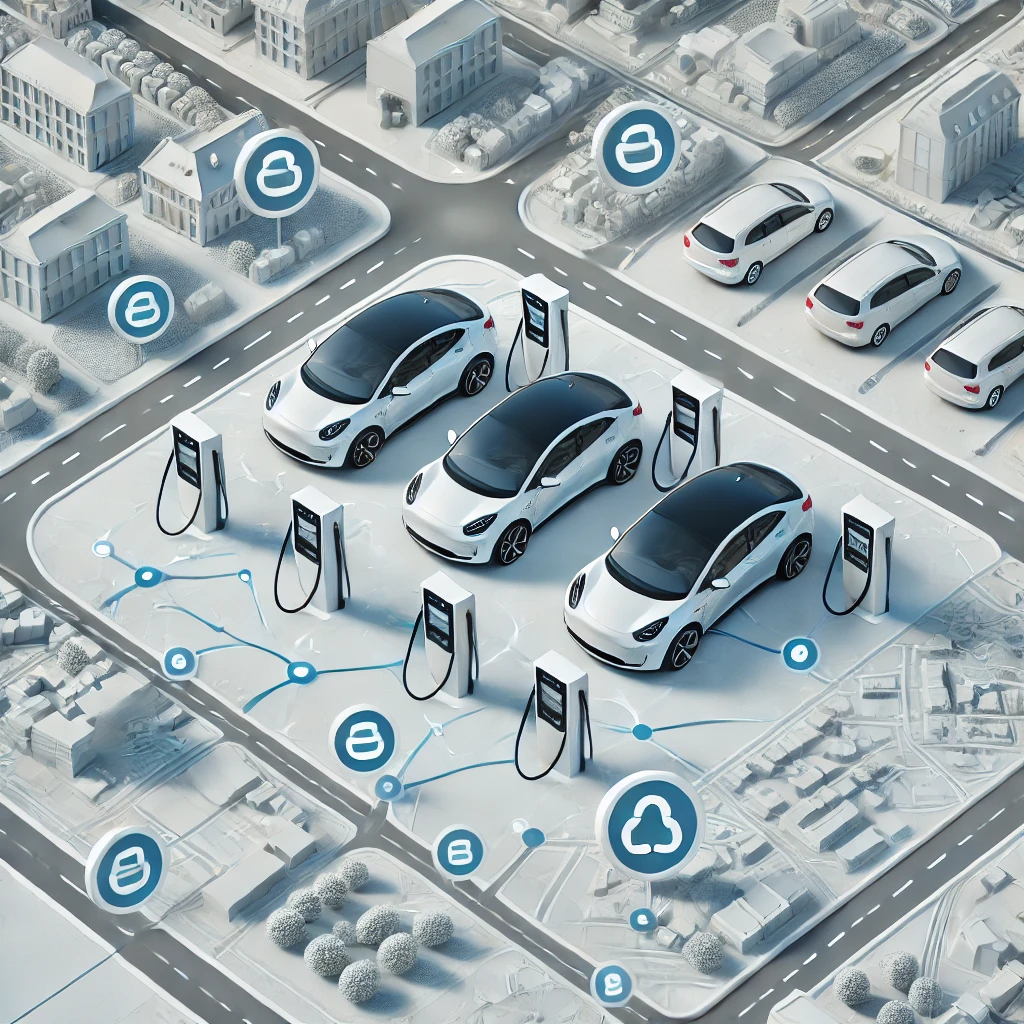
How to Determine the Locations of Electric Vehicle Charging Stations?
How to Determine the Locations of Electric Vehicle Charging Stations?
As electric vehicles (EVs) become more widespread, effectively locating charging stations has become a critical topic. To enhance user satisfaction and enable vehicle owners to travel without concerns, these stations must be strategically planned. In this article, we will examine effective methods, logistics, and technology-supported approaches for determining the locations of electric vehicle charging stations. For more information and support, you can visit rotaexper.com.
Criteria for Determining Charging Station Locations
When positioning electric vehicle charging stations, the following factors should be considered:
- Driver Habits
Analyze which routes EV drivers commonly use, where they stop, and locations where they need charging. These analyses can be performed using artificial intelligence-based systems and GPS tracking data. - Accessibility and Traffic Data
Methods such as route planning and shortest path analysis should be used to select areas with low traffic density and easy accessibility for the placement of charging stations. - Current and Potential User Density
Using territory and logistics management techniques, areas with high EV owner density can be identified. The placement of charging stations close to these areas is crucial. - Geography-Based Solutions (Geofencing and Isochrones)
Drawing specific areas for charging stations using geography-based systems is an effective planning tool. Isochrones technology shows how many vehicle users a station can reach within a given time.
Role of Technology and Data
The key to effective planning of EV charging stations is the use of technology and data analytics.
- Artificial Intelligence and Algorithms
Vehicle route optimization software determines the best station points according to current road and traffic conditions. - Dynamic Data and Traffic Tracking
Dynamic routes and GPS tracking technologies can guide users to the most suitable charging stations based on real-time traffic density. - Vehicle Density and Usage Data
Fleet and asset tracking systems provide detailed information on regional vehicle density, optimizing charging station locations.
Strategic Approaches for Charging Station Placement
- Main Traffic Routes and Stop Points
Most EV users prefer main traffic arteries during long journeys. Therefore, charging stations should be located near these main roads. - Balancing Urban and Rural Areas
Identify dense usage points in urban areas and sparse but strategic locations in rural areas. - Planning for E-commerce and Logistics Sectors
As EVs are increasingly used in e-commerce delivery and logistics operations, charging stations tailored for these sectors should be strategically positioned.
The Role of Dynaroute and Rotaexper.com
Dynaroute provides all the technological infrastructure you need for strategic planning of EV charging stations. With advanced features like route management, sales route planning, and logistics management, it offers the most effective solutions for both individuals and businesses. You can visit rotaexper.com for information about the special services and demo requests offered by Dynaroute.
Conclusion
Effectively planning the locations of EV charging stations is essential to improving user satisfaction and creating an environmentally friendly infrastructure. Using current traffic data, artificial intelligence algorithms, and detailed data analytics, these stations can be placed in the most suitable locations.
By collaborating with technologies like Dynaroute and the expert team at rotaexper.com, you can elevate your EV infrastructure to the next level. Remember, good planning saves both time and costs!